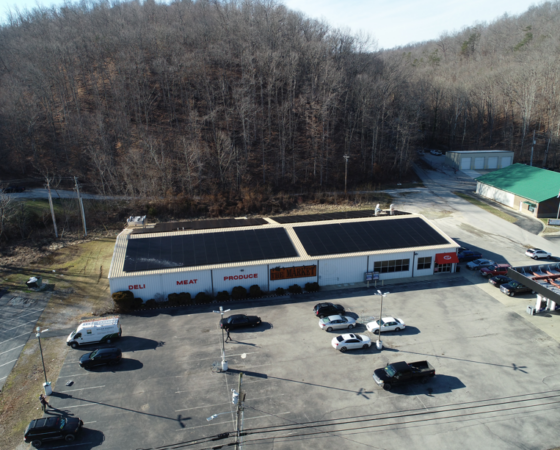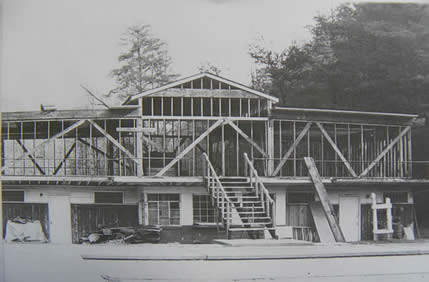 The decline of the coal industry is getting some national attention – and, finally, some decent reporting. American Public Media’s Marketplace program (aired on many NPR stations) covered the economy of eastern Kentucky earlier this week on two separate shows, with more nuance than the region normally gets from national news. The first part of the report explored why the industry is collapsing: mined-out seams, competition from other coal regions and fuel sources, and environmental regulation. The second part of the report asks the same question we have been asking for years: what’s next?
The decline of the coal industry is getting some national attention – and, finally, some decent reporting. American Public Media’s Marketplace program (aired on many NPR stations) covered the economy of eastern Kentucky earlier this week on two separate shows, with more nuance than the region normally gets from national news. The first part of the report explored why the industry is collapsing: mined-out seams, competition from other coal regions and fuel sources, and environmental regulation. The second part of the report asks the same question we have been asking for years: what’s next?
Communities are just now beginning to seriously discuss economic alternatives. Some blame the slow start on the “War on Coal” rhetoric, saying it’s distracted attention from preparing for a “low coal” future. Others say political leaders have spent coal severance tax money on basic services instead of diversifying the economy.
Regional leaders who gathered in the mining town of Hazard to talk to Marketplace stressed they didn’t believe there was one single thing that could “replace” coal. They hope a new bi-partisan effort called SOAR (Shaping Our Appalachian Region) will come up with some alternatives. The region has already been targeted for special assistance from the federal and state government, but residents fear the money won’t be enough.
“I mean, what happened in Detroit when that industry was threatened,” says Jeff Whitehead, executive director of the Eastern Kentucky Concentrated Employment Program. “There was a lot of government support. Lots of it.”
Jennifer Bergman, JobSight Services Director at the program, says the region should develop an “entrepreneurial” economy, “but we need people with money to spend to have that entrepreneurial base.”Many here say the region should take advantage of its cultural distinctness and build an economy based on central Appalachian folk arts and crafts. Previous efforts to develop that have fallen victim to politics and lack of funding. Doug Naselroad, master artist in residence at the Appalachian Artisan Center in Hindman, says the incomes generated might not rival coal’s, but that’s not the point. “What we’re trying to create is something sustainable and that’s rooted in the culture and tradition of the people here, instead of something which just plunders the land and moves on.”
All of these things will play a part in the region’s transition. We need more investment from government and philanthropic sources. We need more entrepreneurs and a system to support them. And we need to capitalize on our many, many assets. But if we are to do any of these things successfully, we need to talk across county, political and ideological lines to create a strategic plan that brings together the strategies and the people of eastern Kentucky. The SOAR Initiative will continue its discussion and planning process at the East Kentucky Leadership Conference in Somerset later this month. We hope there are a diverse set of voices in attendance to bring the innovation we need to the region’s development.
Photo: “Old Company Store in Stone, KY” courtesy of flickr user jimmywayne. Used under creative commons license.





